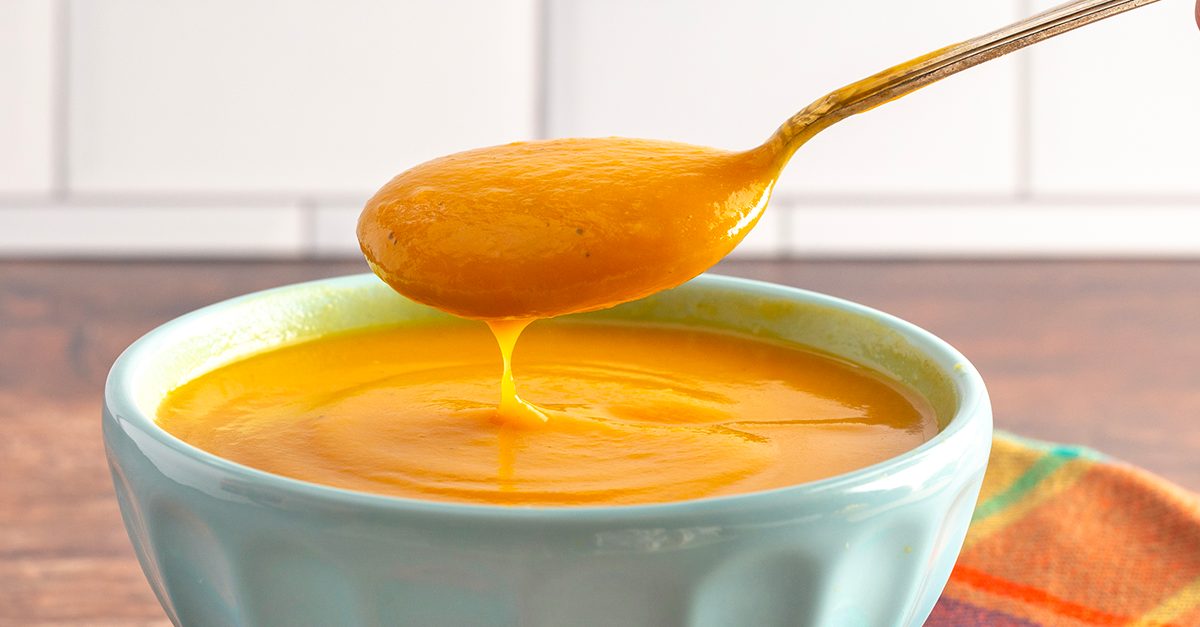Mastering the Art of Thickening: Flour and Cornstarch in Saucy Delights
Creating the perfect sauce, gravy, or soup is an art form that relies on a delicate balance of flavors and textures. One essential technique in achieving that balance is thickening. Flour and cornstarch are two common agents used to achieve the desired consistency, turning your culinary creations into delectable masterpieces. In this guide, we delve into the world of thickening agents, exploring how to use flour and cornstarch to elevate your dishes to new heights.
;Resize,width=742;)
The Power of Flour

Flour, a pantry staple, is a versatile thickening agent that imparts a subtle flavor and a slightly opaque appearance to your sauces, gravies, and soups. To utilize flour effectively, follow these simple steps:
1. Make a Roux
Begin by melting butter or heating oil in a pan. Gradually add flour, stirring constantly to create a smooth paste. Cook the roux over low to medium heat until it reaches a pale golden color. The longer you cook it, the deeper the flavor it imparts.
2. Add Liquid Gradually
Slowly pour in your liquid (broth, milk, or water), whisking vigorously to prevent lumps. Simmer the mixture while stirring, allowing it to thicken over time. Remember, patience is key; rushing this step could result in a raw flour taste.
3. Adjust Consistency
If your sauce hasn't thickened to your liking, create a slurry by mixing flour with a small amount of cold liquid, then slowly incorporate it into the mixture. Repeat until the desired thickness is achieved.
Cornstarch: A Clear and Simple Solution

Cornstarch is another effective thickening agent that offers a transparent finish, perfect for achieving a glossy appearance in your dishes. Here's how to use it:
1. Create a Slurry
Mix cornstarch with cold liquid to create a slurry before adding it to your sauce. This prevents clumps from forming and ensures even distribution. The general ratio is 1 tablespoon of cornstarch to 1 tablespoon of liquid.
2. Add to Hot Liquid
Slowly pour the slurry into your simmering sauce while stirring continuously. The mixture will begin to thicken almost immediately. Allow it to simmer for a minute or two to cook off the raw taste of cornstarch.
3. Avoid Overcooking
Be cautious not to overcook a cornstarch-thickened sauce, as prolonged heating can cause it to thin out again. Remove the sauce from heat as soon as it reaches the desired consistency.
Choosing the Right Thickener
When deciding between flour and cornstarch, consider the final result you're aiming for. Flour imparts a heartier texture and a more subtle flavor, making it ideal for robust stews and gravies. Cornstarch, on the other hand, offers a clear finish and is perfect for delicate sauces where you want the flavors to shine through.

Conclusion
Mastering the art of thickening with flour and cornstarch opens up a world of culinary possibilities. These techniques allow you to transform simple liquids into rich and indulgent sauces, gravies, and soups that delight the senses. Whether you prefer the comforting embrace of flour or the elegant clarity of cornstarch, these thickening agents are essential tools in your culinary arsenal, helping you achieve the perfect consistency in every saucy creation.
;Resize,width=767;)
;Resize,width=712;)

;Resize,width=712;)
